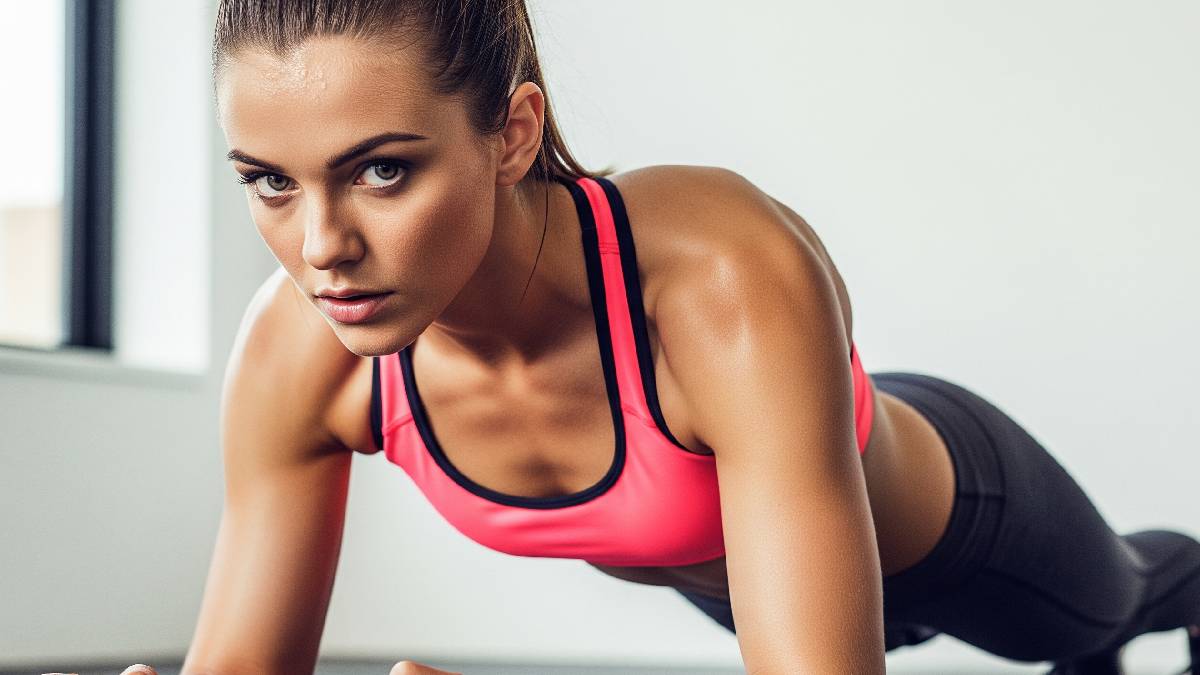If your hips feel unstable, your inner thighs weak, or your core isn’t as tight as you’d like, you’re not alone. Many people struggle to activate the muscles that sit deep beneath the surface, especially in the inner thigh and core regions. That’s where the Copenhagen plank comes in as a game-changer. This isn’t your average plank variation. It fires up stabilisers most exercises neglect, all while working your abs in a whole new way.
It’s intense, but in the best possible way—you don’t need to move fast or go long to feel it working within seconds.
The real benefit of the Copenhagen plank isn’t visible—it’s structural
Most exercises focus on big, visible muscles, but the Copenhagen plank does something different. By suspending one leg on a bench or chair and supporting your weight on your elbow, you engage adductors, obliques, and the transverse abdominis simultaneously. This combo improves hip stability, core control, and overall strength balance.
Whether you’re recovering from injury, trying to improve your running form, or just want more control in daily movements, this move helps create deep, durable strength.
The step-by-step guide to doing the Copenhagen plank correctly
Here’s how to perform the Copenhagen plank with proper form. No equipment needed, just a stable surface like a bench or low table.
| Step | What to do | Key tip for success |
|---|---|---|
| 1. Setup | Lie on your side, top leg on a bench | Keep the leg aligned with your hip |
| 2. Support | Place forearm under shoulder | Avoid shrugging into your neck |
| 3. Lift | Raise hips off the ground | Keep a straight line head to toe |
| 4. Lower leg position | Keep bottom leg relaxed or lightly lifted | Don’t tense the lower leg |
| 5. Hold | Stay still for 10–20 seconds per side | Breathe steadily, brace your core |
Start with short holds and build up gradually, aiming for 2–3 sets per side. It’s better to hold cleanly for 10 seconds than to collapse after 30.
The key to progress: technique over duration every time
This move is deceptively simple, and that’s why technique matters. Focus on aligning your body properly: shoulders stacked, hips square, spine neutral. The challenge should come from holding tension, not from wobbling or compensating with your back.
If the full version feels too intense, bend the top knee and rest it on the bench instead of the ankle—this lightens the load but keeps the core working. Over time, as strength increases, you can extend the leg for the full variation.

The-Sports.org is a multilingual platform that provides complete sports coverage, including all statistics, results, calendars, and historical records across a wide range of disciplines. From football and tennis to athletics, gymnastics, and fencing, the site offers live scores and in-depth data for fans, analysts, and professionals. All content is curated and written by a team of passionate sports enthusiasts committed to delivering accurate and up-to-date information.

